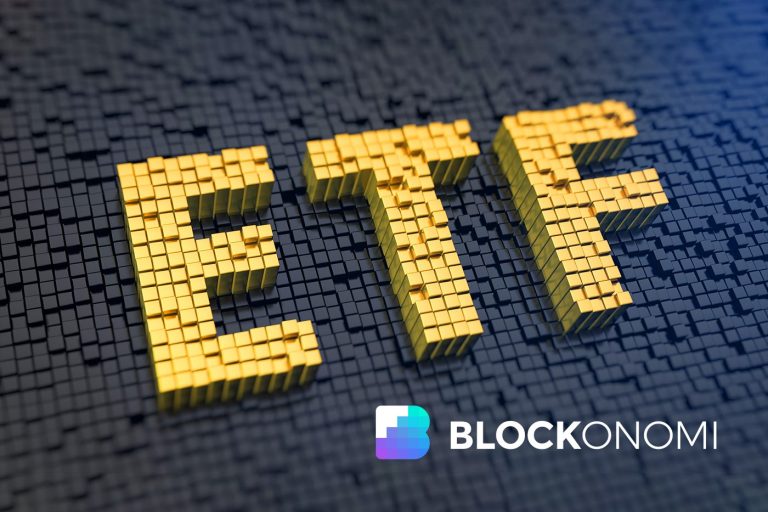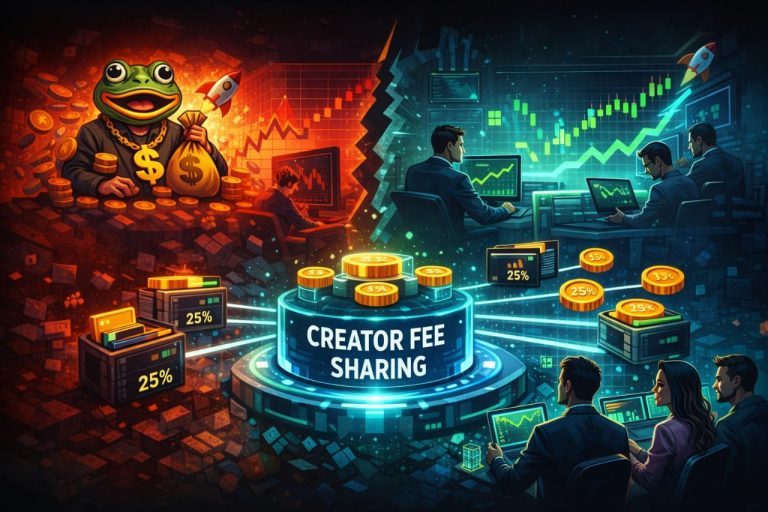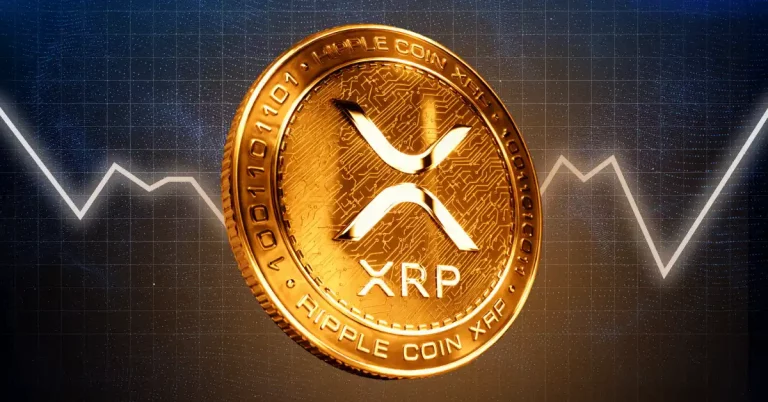
Navigating the Future: Emerging Trends in Fintech Technology
Focus Keyword: Fintech

Fintech, or financial technology, is a rapidly growing industry that is changing the way we think about money and finance. With the rise of digital payments, mobile banking, and online lending, fintech is revolutionizing the way we manage our finances and conduct financial transactions. In this article, we’ll explore the emerging trends in fintech technology and what they mean for the future of finance.
Section 1: Introduction to Fintech

Fintech is a broad term that encompasses a wide range of financial technologies, including digital payments, mobile banking, online lending, and investment platforms. The fintech industry has experienced rapid growth in recent years, with investment in fintech companies increasing by over 50% in 2020 alone. This growth is driven by the increasing demand for digital financial services, as well as the need for more efficient and cost-effective financial systems.
Section 2: Emerging Trends in Fintech

There are several emerging trends in fintech that are worth noting. These include:
- Artificial Intelligence (AI): AI is being used in fintech to improve customer service, detect fraud, and optimize financial systems. For example, chatbots are being used to provide customer support, while machine learning algorithms are being used to detect and prevent fraudulent transactions.
- Blockchain: Blockchain technology is being used in fintech to create secure and transparent financial systems. For example, blockchain-based platforms are being used to facilitate cross-border payments, while blockchain-based cryptocurrencies are being used to enable fast and secure transactions.
- Mobile Payments: Mobile payments are becoming increasingly popular, with more and more people using their mobile devices to make payments. For example, mobile payment platforms such as Apple Pay and Google Pay are being used to make payments in-store and online.
- Online Lending: Online lending platforms are being used to provide loans to individuals and businesses. For example, peer-to-peer lending platforms are being used to connect borrowers with investors, while online lenders are being used to provide loans to small businesses.
Section 3: Future of Fintech

The future of fintech is exciting and uncertain. As technology continues to evolve, we can expect to see new and innovative financial technologies emerge. For example, the use of AI and machine learning in fintech is expected to increase, while the adoption of blockchain technology is expected to become more widespread. Additionally, the rise of mobile payments and online lending is expected to continue, with more and more people using these services to manage their finances.
Section 4: Challenges and Opportunities

Despite the many opportunities presented by fintech, there are also several challenges that need to be addressed. For example, the lack of regulation and oversight in the fintech industry can make it difficult for companies to operate and for consumers to trust. Additionally, the risk of cyber attacks and data breaches is high, which can compromise the security of financial systems. However, these challenges also present opportunities for innovation and growth, as companies and regulators work together to create more secure and efficient financial systems.
Section 5: Conclusion

In conclusion, the fintech industry is rapidly evolving, with new trends and technologies emerging every day. As we look to the future, it’s clear that fintech will play an increasingly important role in shaping the way we think about money and finance. Whether you’re a consumer, a business, or an investor, it’s essential to stay informed about the latest developments in fintech and to be prepared for the opportunities and challenges that lie ahead.






